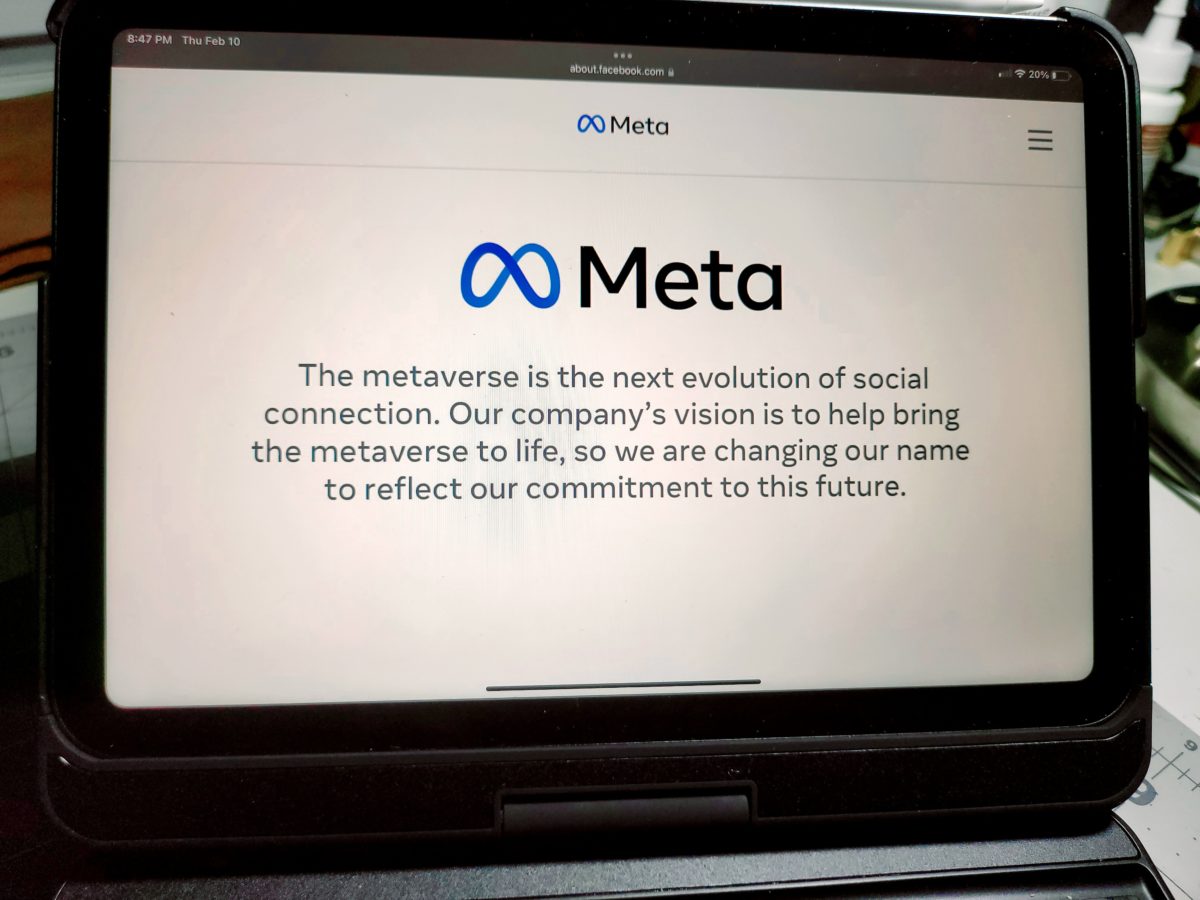Post COVID, employers are having difficulty convincing employees to go from couch to conference room. This, coupled with the rising demand for a healthier work culture, has forced businesses to rethink the standard office. Has 2020 marked the end of the cubicle? Let’s explore the factors that will make up the 2030 “office”.
Learning from our predecessors
Before we can create the new, we have to examine what problems arose with the old office models. Workspaces of the 2000s were usually your classic cubicle…high production but low socialization. As Generation Y entered the workplace, businesses did a full 180 to the “open workspace”. No dividers, no cubicles- just large tables and fun seating. Although it was meant to curate conversation, there comes a time where employees just want privacy to focus on their individual tasks. Consequently, these “open” workspaces are filled with workers toting noise canceling headphones to quell out their peers.
Obviously, the next logical step is to find a sweet spot in the middle of sociability and productivity. But how can that be done effectively? The key is intentionality. According to the Harvard Business Review article Design an Office that People Want to Come Back To, the first step to an employee- attracting office is to “Ask what the space is for- and name it accordingly.” As simple as the notion seems, how you name the space is the foundation of how you construct it. For example, a Project Development Center implies a space of collaboration and innovation with open floor plans and table-space. A room labeled Common Offices implies simple, secluded places to carry out administrative tasks. Having a headquarters that includes a version of both of these spaces will aid in a more comfortable transition back to work.
Intentionality in Action
The International Olympic Committee implements these models in their Olympic House, which was “built for the purpose of humanizing work”. One distinctive feature of the Olympic House is its staircase- shaped like the five rings of the Olympic symbol. The unique design allows employees from different offices to encounter each other. The spaces around the stairs include comfortable seating and coffee corners, further promoting socialization. IOC focused not only on architecture, but acoustics. For example, in those open stairway spaces, the floors and walls have less muting material to generate a “coffee shop buzz” around those areas to encourage communication, and apply more sound absorbent materials to private working spaces.
Of course, not every business has an Olympic level budget, but small changes can make a big difference. Because hybrid work is so popular, companies will have a lot of unused office space– perfect to repurpose for the needs of employees.
The Defining Factor of the 2030 Office
Unlike its predecessors, the 2030 office has an extra wow factor: environment.
The Great Resignation revealed a demand for a healthy work environment. Employees don’t want to dread going into a tense, critical, and cold office culture every morning. COVID quarantine revealed that much of employee work can be done in the comfort and freedom of their own homes. Employers are now having to do some self reflection on how their language and decisions affect the environment. This upgrade to employee satisfaction will require more than just Taco Truck Tuesdays and the occasional words of affirmation. Or at least, it will have to be more than that for lasting change to occur. As Professor Michael Beer writes, “To change your company’s culture don’t start by trying to change the culture.” Companies will soon realize mere conversations aren’t the cure for employee resistance. There will be structural and managerial changes to truly create a better environment.



